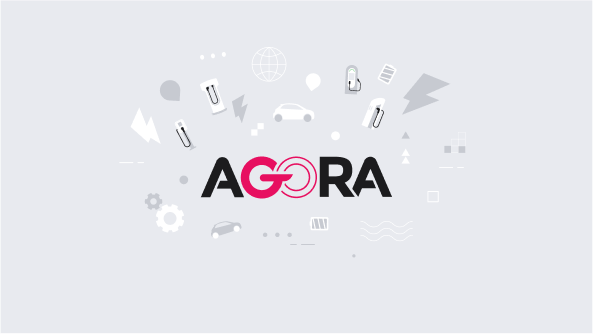People want to drive electric cars. They want to experience the smooth, quiet power electric cars offer. They want to stop paying for gasoline. They want to spend less on repairs and maintenance. And they want to do their part to stop spewing tailpipe emissions into the air for their family and neighbors to breathe.
What they don’t want to do is be standing in the pouring rain trying to get an EV charger to work. They don’t want to have a welter of apps on their phones or a pocketful of charging cards in order to charge their cars when they need to. They want pretty much the same experience they are used to at the gas pump – drive up, pay, fill the tank, and go.
They don’t want desperate phone calls or text messages to some faceless customer service rep begging to have a public charger activated. What good is a public charger if the public can’t use it?
The success of the EV revolution depends on people choosing to drive electric cars. But people who have questions about a product often find reasons not to buy it. The question most people considering an electric car ask is, “Where do I charge it?”
If the answer takes half an hour – complete with graphs, charts, and video tutorials – many people will become disenchanted with the idea of owning an EV and either continue driving their current car or trade it in on a new gasoline powered model.
When people use a credit card or an app to pay for something, they don’t think about all the electronic conversations that have to take place to complete a transaction. EV charging is exactly the same. They just expect it to work with no delay and no hassles, regardless of charging network, car model and mode of payment, anywhere and at any time.
To amplify this message and track the industry’s progress in meeting this need, ChargeHub has partnered with The Electric Circuit and BC Hydro to create Agora, a bi-lingual online portal whose mission is to create awareness and provide educational resources that demonstrate that in Canada it is possible for EV drivers and commercial fleet managers to use a single account to connect on multiple charging networks.

The goal is to promote EV Roaming, which allows EV drivers to use the greatest number of public charging stations possible using the method of activation and payment they prefer. EV roaming is the key that will unlock acceptance of electric cars and trucks by answering the questions drivers and fleet managers have about charging and taking away the fear many have of not being able to charge an electric car except at home or at a company owned facility.
Agora offers several features:
– A website to answer key questions about EV Roaming
– A tool to find charging networks compatible with the most important mobility services in Canada and the United States
– Statistics on the state of EV roaming interoperability in Canada, as well as dedicated resources for the industry
This industry initiative is made possible by an investment from Mogile Technologies, the parent company of ChargeHub, provided through Natural Resources Canada’s Zero Emissions Vehicle Awareness Initiative. Agora’s vision is for the industry tol support the adoption of electric vehicles through a better charging and payment experience for EV drivers and commercial fleet managers.
Agora is also supported by other industry partners who are committed to raising awareness of the importance of EV Roaming to help deliver the best charging experience to Canadians. Those partners include Nissan, Vinfast, Ivy Charging Network, Hypercharge, SWTCH, ATCO, NB Power, Chargelab, Electric Vehicle Society, Running Electric, Propulsion Québec and Electric Vehicle Association of Quebec (AVEQ), . More partners will join the Agora initiative later on.
Simon Ouellette, CEO of ChargeHub, said when announcing the creation of Agora, “ChargeHub seeks to federate the industry around greater EV roaming interoperability, which we believe is essential to accelerate the electrification of transportation.
“With the growth of public charging networks, we as an industry must always aim to offer the best charging experience for end users. The Agora initiative ensures that the industry shares this vision and scales up EV Roaming.”
Jonathan Wilkinson, the Minister of Energy and Natural Resources for Canada added, “Zero emission vehicles are helping Canadians to reduce emissions and save money on fuel while creating good jobs throughout the supply chain. Investing in zero emission vehicles will put more Canadians in the driver’s seat on the road to a net zero future and help achieve our climate goals.”
Chris O’Riley, President and CEO of BC Hydro, expressed his pleasure in being part of the Agora initiative. “British Columbia. is a great place to drive an electric vehicle because about 98 per cent of the electricity BC Hydro generates comes from clean and renewable resources,” says. “We are pleased to partner with Agora to help make EV adoption easier and more accessible for EV drivers, no matter where you’re traveling in Canada.
The concept of EV roaming is vital to more drivers and fleet managers making the move to electric vehicles. The ability to charge an electric vehicle anywhere with a single account is the vision behind the Agora initiative.
The Agora initiative is technology agnostic and relies on the support of a wide range of industry partners regardless of the means they use to achieve EV Roaming.
This article is sponsored by ChargeHub.





